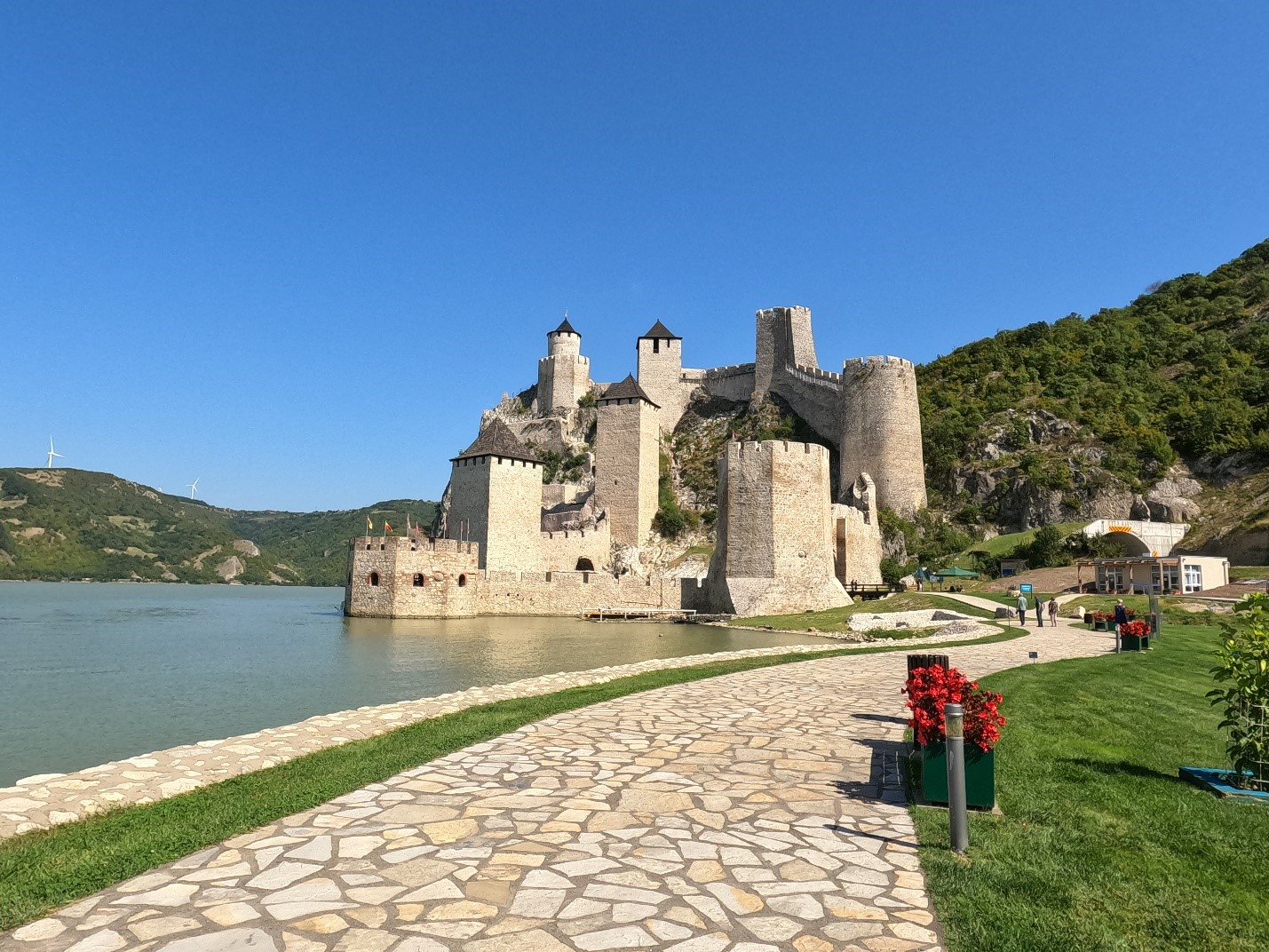In the heart of the Đerdap Gorge, at a place where the Danube is at once widest and narrowest, and where for centuries it marked the boundary between Hungary and Serbia, lies Golubac. An imposing medieval stronghold which has never been taken by war. Its ramparts have seen the flags of Hungary, the Ottoman Empire, and Rascia fluttering, for its strategic importance was well recognized by the magnates of the times. With its nine towers, it vigilantly watches over the Danube and all those who approach its walls. Despite the fact that no one knows exactly when it was built, Golubac’s role in the history of the 15th century is indeed significant.
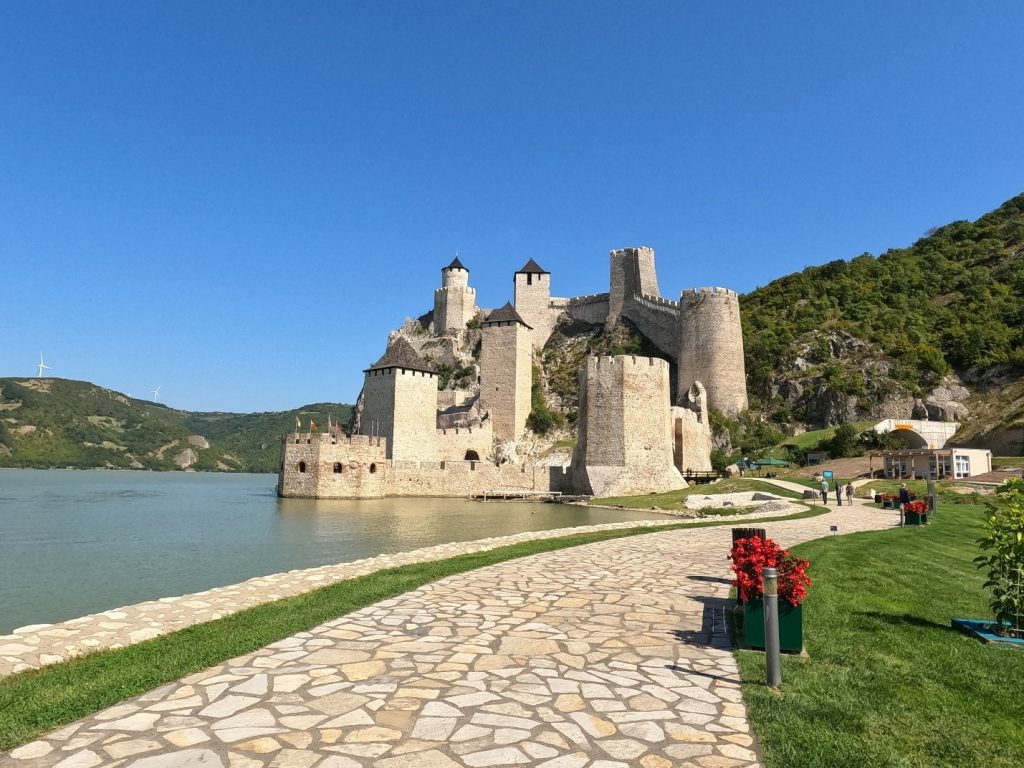
The story of Golubac begins like this…
Serbian despot Stefan Lazarević, son of Prince Lazar, in a gesture of goodwill with Hungary, was granted by King Sigismund of Luxembourg the administration of Mačva with Belgrade and Golubac. He was obliged to return the same possessions after his rule in exchange for recognizing Đurađ Branković as his successor.
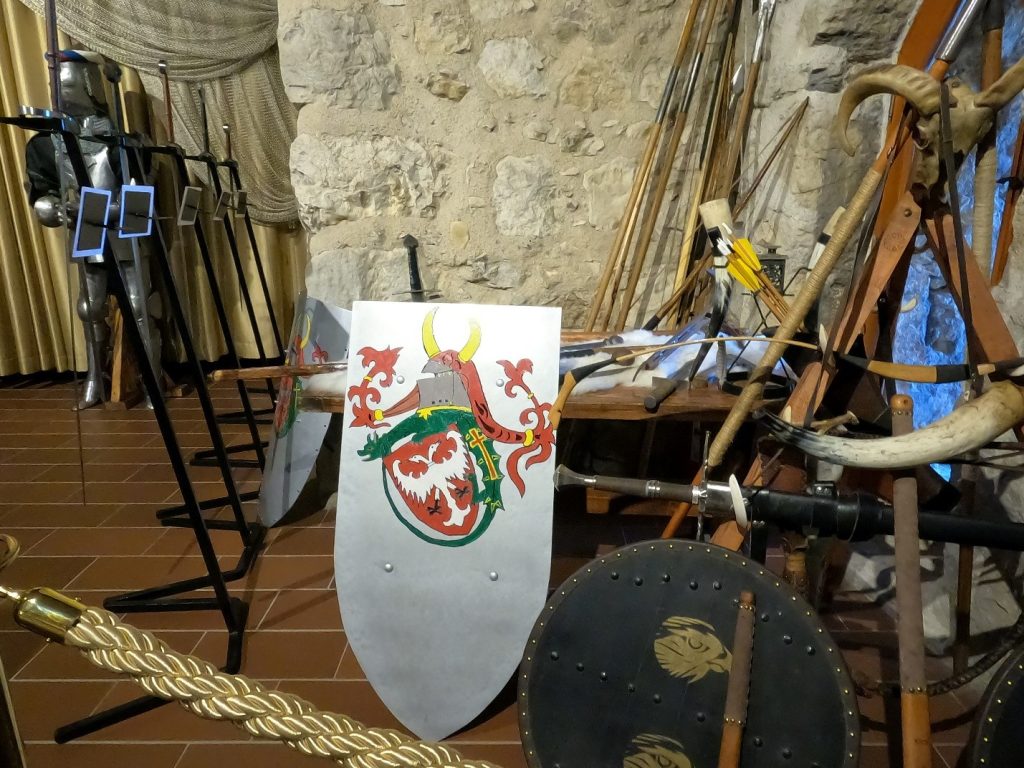
All this played out between 1402 and 1410 and lasted until 1427 when Despot Stefan unexpectedly died. At this point, Jeremija—a Serbian duke and commander of Golubac—who did not wish to relinquish control of the fortress back to the Hungarian king, steps onto the stage. In an agreement with the Ottomans, Jeremija sold Golubac for 12,000 ducats, and that year the great Serbian stronghold officially fell into the hands of the Ottoman Empire.
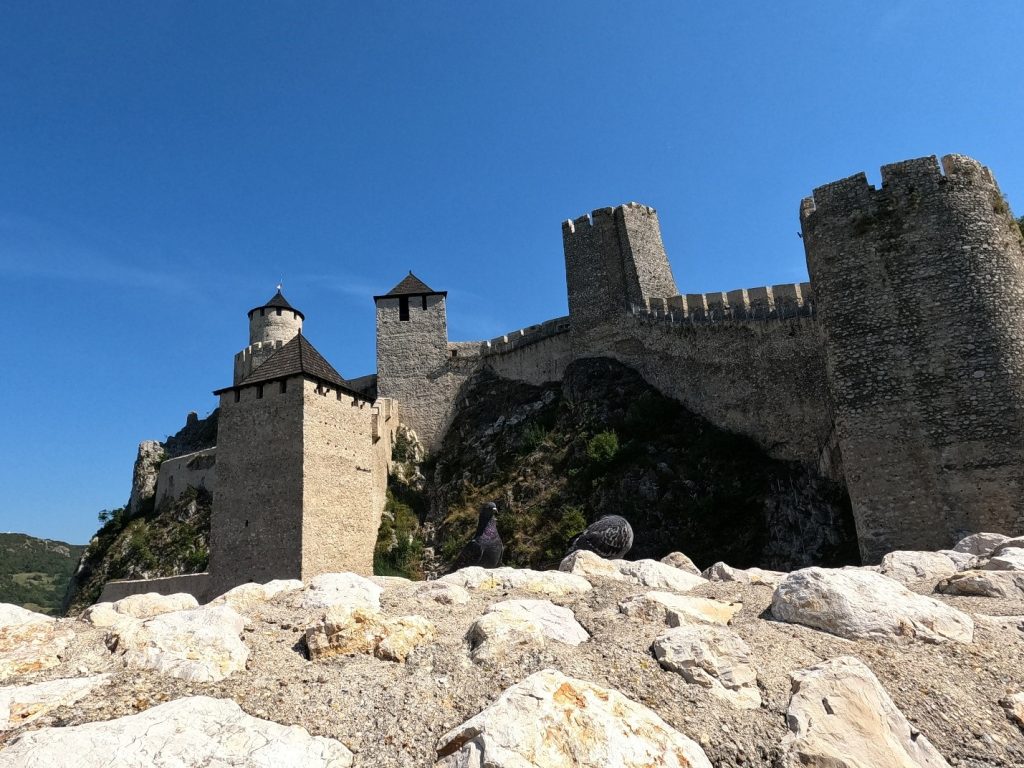
Realizing the importance of the fortress, the Hungarian King Sigismund of Luxemburg gathered an army composed of the strongest knights in Europe, and in 1428, embarked on a battle to conquer Golubac. The battle began with the construction of Laslovar, a stronghold that still stands on the opposite bank of the Danube, serving then as a base for all naval and land operations. Hungary stored its ammunition and cannons in Laslovar, from where all attacks on Golubac were launched.
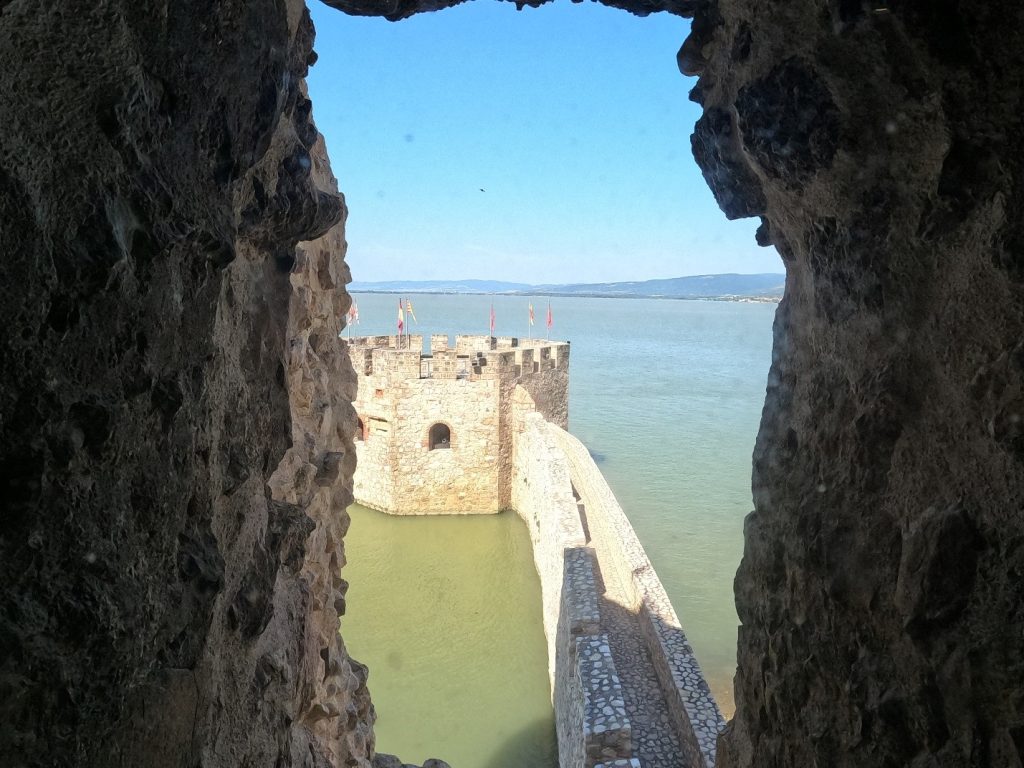
During one of these military operations, when King Sigismund nearly lost his life, a married couple, Stefan and Cecilia Rozgonyi, emerged as heroes. Stefan was a Ban of Temesvar, a nobleman and a court knight, while Cecilia was the daughter of Count Peter Szentgyörgyi and came from a distinguished Hungarian family. In the war for Golubac, she distinguished herself as a heroine, commanding a part of the army and repelling the Ottoman onslaught several times.
Both she and her husband managed to save King Sigismund’s life when his ship was sunk, and for this, they both received great honors after the battle. Specifically, Stefan became a Knight of the Order of the Dragon, and Cecilia, equally with her brothers, inherited her father’s estates, becoming the first woman in the history of her country to receive such honors. In addition, the Hungarian king bestowed upon them three villages in the Tolna county.
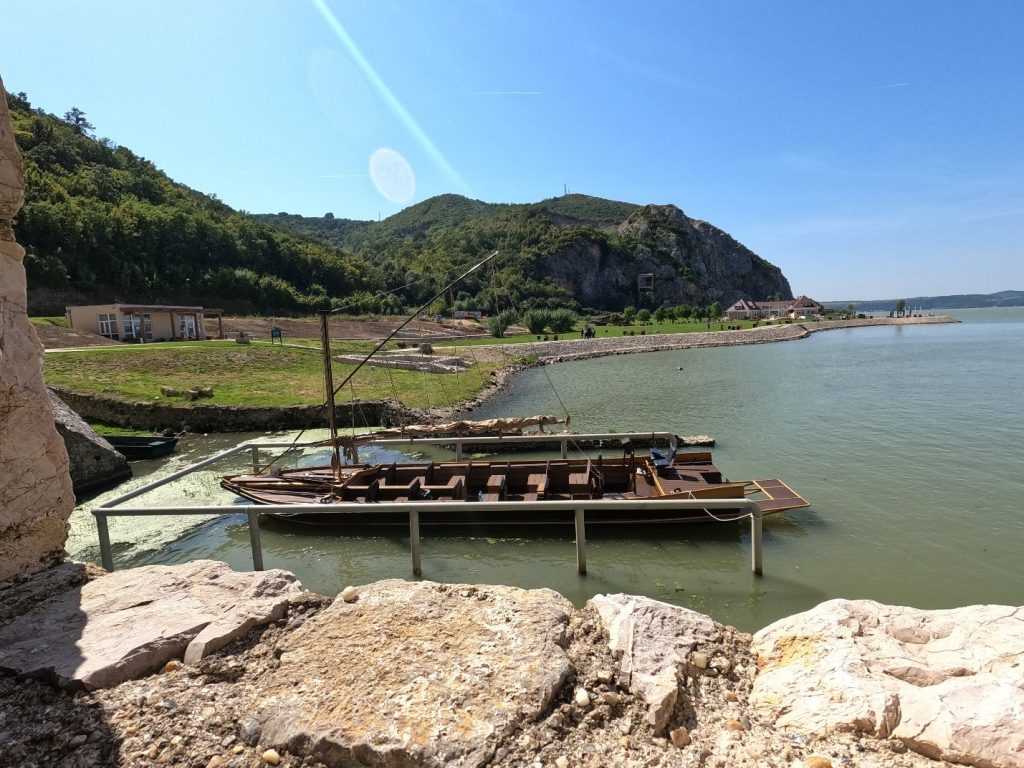
One of those who particularly distinguished himself in the battle for Golubac was undoubtedly Zawisza the Black. The renowned Polish knight, who earned his nickname from his black hair and complexion, fought simultaneously for two countries – Poland and Hungary. Polish writer Jan Długosz described his significance in the 1428 battle and his suffering most eloquently. As Długosz notes, Zawisza the Black did not heed King Sigismund’s order to retreat but bravely led his ships towards the enemy, proclaiming that no ship was large enough to carry away his honor.
Despite his bravery in battle, he could not withstand the Ottoman attack, especially after the sinking of the king’s ship. The Ottomans captured him and, bareheaded, led him before the sultan’s feet. Unable to agree on who had captured him, two Turkish knights quarreled in front of all those present, leading one of them to draw a saber and decapitate Zawisza. His head was presented to the sultan, and his body was buried by the Serbs in a gesture of respect and gratitude to the famed Polish knight.
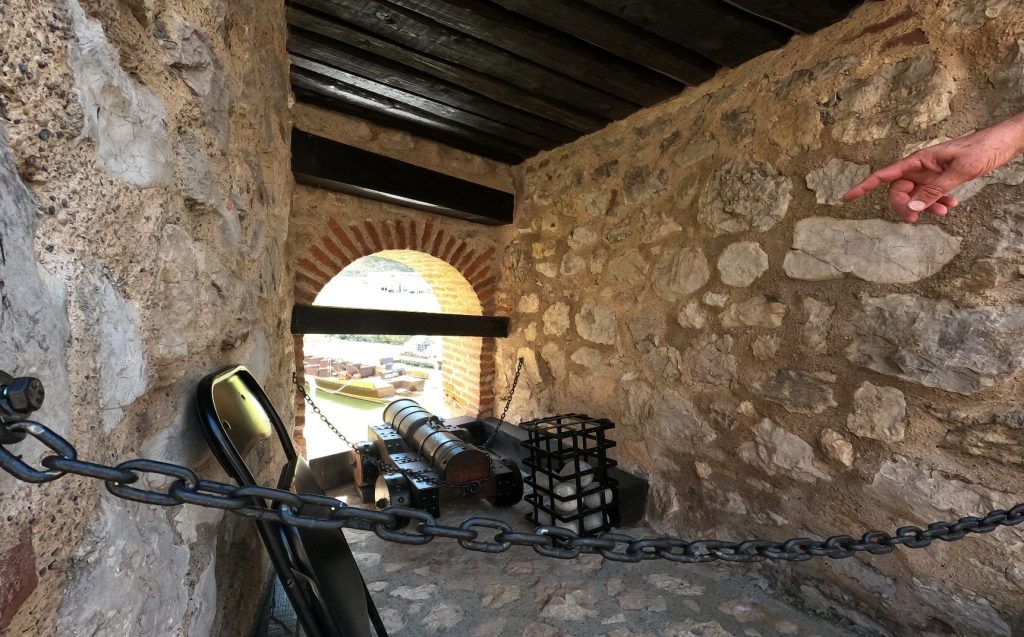
Golubac and its nine towers still stand upright today, watching over the Danube, testifying to ancient times that will never return. They exude knighthood and bravery, enchanting everyone whose path leads there. After restoration, Golubac has regained its new – old luster, returning it to the pinnacle of medieval architecture and confirming its significance. The road that once passed through its walls has been replaced by a newly built bypass, and the demolished palace, due to the lack of adequate documents on its exact appearance, has been reconstructed in a modern spirit, aiming to contrast with what was left of it.
With the construction of the hydroelectric power station at Đerdap, Golubac Castle was flooded on several occasions, so even what the many armies that attacked it didn’t destroy was ruined by one river. After the restoration of the walls, a pier was built to protect Golubac in moments when the Danube swells, which at the same time serves as a beautiful promenade leading to the main entrance of the fortress.
Travel Tips
- The entrance fee to Golubac Fortress costs 650 dinars per person and includes entry to the fortress, the archaeological site, and parking.
- All 9 towers can be visited, but the Hat Tower is open to visitors only on Fridays, Saturdays, and Sundays (it is the most significant, so plan your visit then if possible).
- Each tower is equipped with plaques featuring photographs and historical texts, as well as digital displays of the complete history of the fortress.
- The museum within the fortress is rich with various medieval tools and weapons, and it includes a gallery with displayed frescoes and screens showing videos with historical explanations.
- Next to the promenade, there is a park and a café where you can enjoy refreshments while watching the Danube and Golubac, and it is also possible to see the Laslovo Fortress on the opposite bank.
- Be sure to take the quiz on the screen located in the museum and learn something new about this place.

